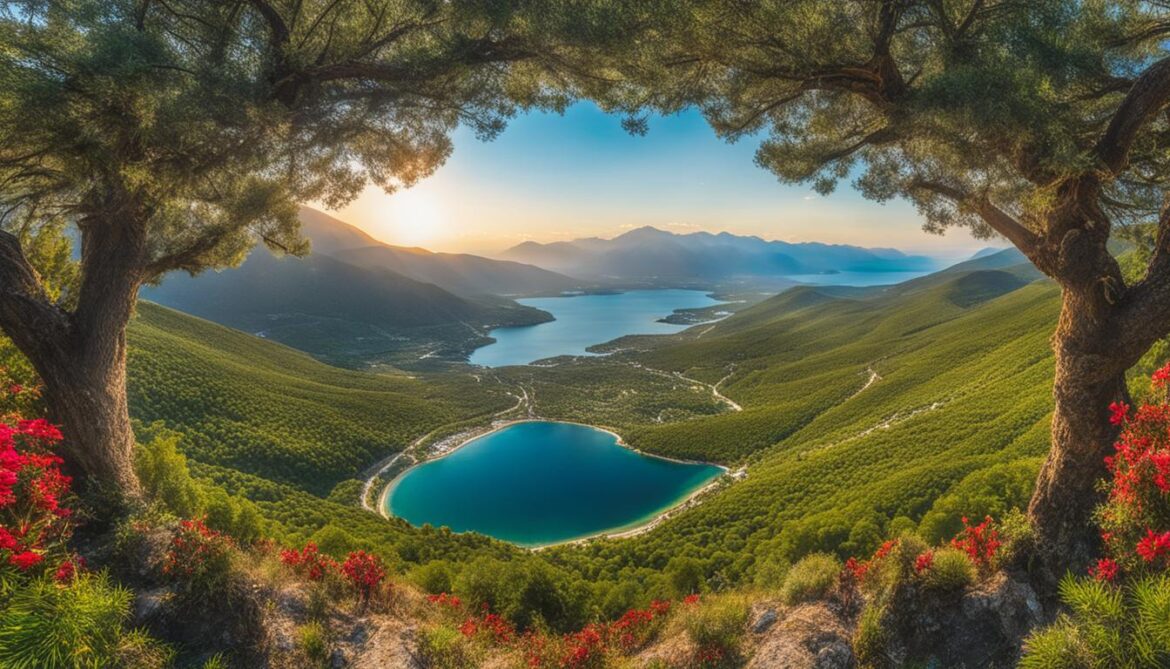moviescout.org – Montenegro, a small country with a big heart for nature, is home to an astonishing array of biodiversity. Its diverse landscapes, ranging from the Adriatic coastline to the towering peaks of the Dinaric Alps, provide a habitat for a rich tapestry of flora and fauna. This article explores the natural wonders of Montenegro’s biodiversity and the conservation efforts underway to protect its precious ecosystems.
The Tapestry of Montenegro’s Ecosystems
Montenegro’s biodiversity is a direct result of its varied ecosystems. The country’s natural habitats include coastal wetlands, lush forests, alpine meadows, and deep canyons, each supporting a unique assemblage of species.
Coastal Wetlands
The Adriatic coast of Montenegro is dotted with wetlands, such as the Ulcinj Salina, which is a Ramsar site of international importance. These wetlands are vital breeding and nesting grounds for numerous bird species, including the endangered Dalmatian pelican.
Lush Forests
The hinterland of Montenegro is covered with dense forests, primarily composed of beech, oak, and pine trees. These forests are not only a carbon sink but also a habitat for a variety of mammals, such as the brown bear, wolf, and lynx.
Alpine Meadows
As one ascends into the Dinaric Alps, the landscape transforms into alpine meadows, home to rare and endemic plant species. These high-altitude ecosystems are also crucial habitats for animals like the chamois and golden eagle.
Deep Canyons
The Tara River Canyon, one of the deepest canyons in Europe, is a prime example of Montenegro’s dramatic geography. Its steep cliffs and fast-flowing rivers support a diverse range of species, including the endemic Balkan trout.
Conservation Efforts in Montenegro
Recognizing the importance of its natural heritage, Montenegro has implemented various conservation measures to protect its biodiversity.
National Parks and Protected Areas
Montenegro has established five national parks—Biogradska Gora, Durmitor, Lovćen, Skadar Lake, and Prokletije—which cover a significant portion of its territory. These parks are instrumental in preserving the country’s most valuable ecosystems and species.
Environmental Legislation
The government of Montenegro has enacted laws and regulations to safeguard its natural environment. These include strict controls on development in protected areas and measures to combat pollution and habitat destruction.
International Collaboration
Montenegro actively participates in international conservation efforts, such as the Birds Directive and the Habitats Directive of the European Union. It also collaborates with organizations like the International Union for Conservation of Nature (IUCN) to enhance its conservation strategies.
Challenges and Opportunities
Despite these efforts, Montenegro’s biodiversity faces several challenges, including climate change, habitat fragmentation, and invasive species. However, the country’s commitment to conservation and sustainable development offers hope for the future.
Conclusion
Montenegro’s biodiversity is a treasure that enriches the country’s cultural and natural landscape. Through continued conservation efforts and sustainable practices, Montenegro can ensure that its natural wonderland remains a vibrant and diverse ecosystem for generations to come.
